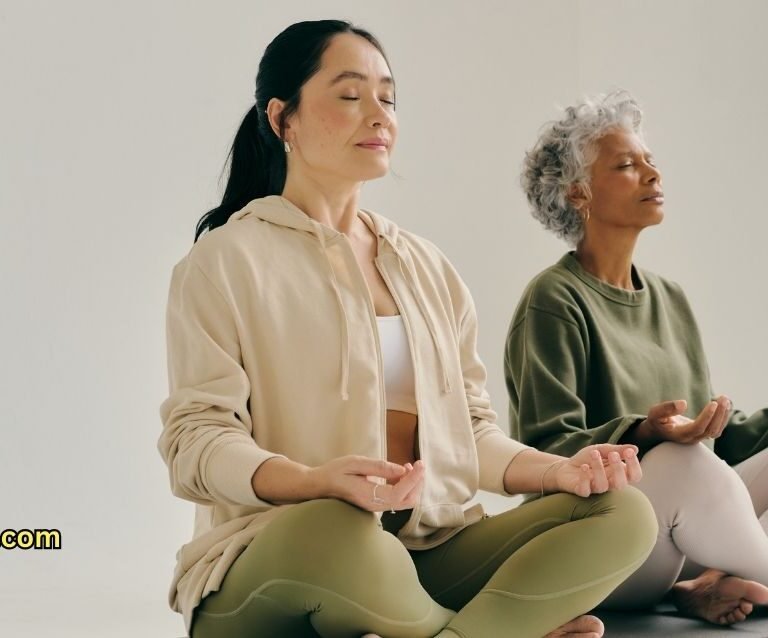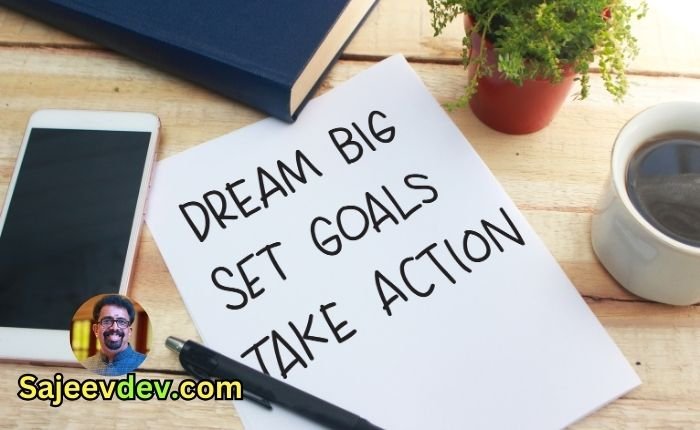We often think of communication as the words we speak, but a significant part of the message we convey happens silently. Nonverbal communication, encompassing everything from eye contact to posture, plays a crucial role in how our message is received. Here’s why understanding and harnessing nonverbal cues can transform you into a more effective communicator:
- The Unspoken Language: Nonverbal cues can reinforce your spoken words or even contradict them. Maintaining eye contact while speaking about an exciting project conveys enthusiasm, whereas fidgeting with your hands might suggest nervousness.
- Building Rapport: Positive nonverbal cues like a warm smile and an open posture put others at ease and foster a sense of rapport. They signal that you’re approachable and interested in genuine connection.
- Projecting Confidence: Maintaining good posture and steady eye contact exudes confidence and credibility. This nonverbal language inspires trust and makes you a more persuasive communicator.
- Active Listening: Nonverbal cues like nodding and leaning in show the speaker you’re actively listening and engaged in the conversation. This encourages them to elaborate and fosters a more meaningful exchange.
- Understanding Emotions: Facial expressions are a universal language. By reading nonverbal cues, you can better understand the emotional undercurrents of a conversation. This allows you to respond with empathy and navigate sensitive situations more effectively.
So, how can you leverage nonverbal communication for success?
- Maintain eye contact: Aim for appropriate eye contact, not an intense stare. It shows attentiveness and respect.
- Mirror and match: Subtly mirroring the other person’s body language can build rapport and establish a sense of connection.
- Project an open posture: Avoid crossing your arms or slouching. An open posture signals confidence and approachability.
- Use genuine facial expressions: Let your smile be genuine and your frowns fleeting. Your facial expressions should complement your spoken words.
- Be mindful of cultural differences: Nonverbal cues can vary across cultures. Be aware of these differences to avoid misunderstandings.
By mastering the art of nonverbal communication, you become a more well-rounded communicator. You can express yourself clearly, build stronger relationships, and navigate any situation with confidence and grace. Remember, communication is a two-way street, and nonverbal cues are a vital part of the conversation. So, pay attention to your body language, listen attentively, and harness the power of nonverbal communication to connect with others on a deeper level.pen_sparktunesharemore_vert









